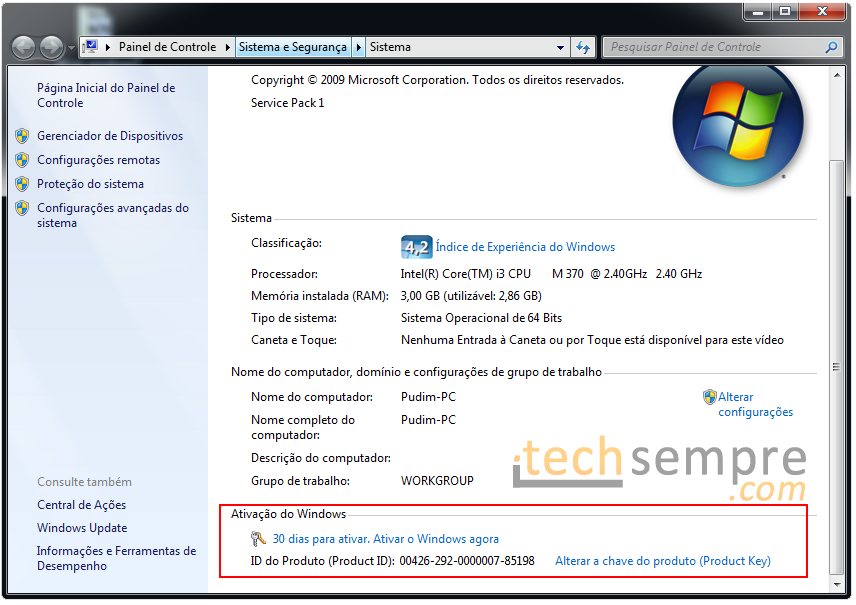


Scale Out – concurrent access to shared data on all file cluster nodes.Transparent Failover - clients reconnect without interruption to cluster nodes during maintenance or failover.In Windows 8, Windows 8.1, Windows 10, Windows Server 2012, and Windows Server 2016, disabling SMBv3 deactivates the following functionality (and also the SMBv2 functionality that’s described in the previous list): Improved energy efficiency - clients that have open files to a server can sleep.Large MTU support - for full use of 10-Gigabyte (GB) Ethernet.Client oplock leasing model - limits the data transferred between the client and server, improving performance on high-latency networks and increasing SMB server scalability.Improved scalability for file sharing - number of users, shares, and open files per server greatly have increased.Improved message signing - HMAC SHA-256 replaces MD5 as hashing algorithm.Durable handles - allow for connection to transparently reconnect to the server if there is a temporary disconnection.Caching of folder and file properties - clients keep local copies of folders and files.Larger reads and writes - better use of faster networks.Request compounding - allows to send multiple SMB 2 requests as a single network request.In Windows 7 and Windows Server 2008 R2, disabling SMBv2 deactivates the following functionality: Disable SMBv2 or SMBv3 only as a temporary troubleshooting measure.

Note: We do not recommend that you disable SMBv2 or SMBv3. This article describes how to enable and disable Server Message Block (SMB) version 1 (SMBv1), SMB version 2 (SMBv2), and SMB version 3 (SMBv3) on the SMB client and server components.


 0 kommentar(er)
0 kommentar(er)
